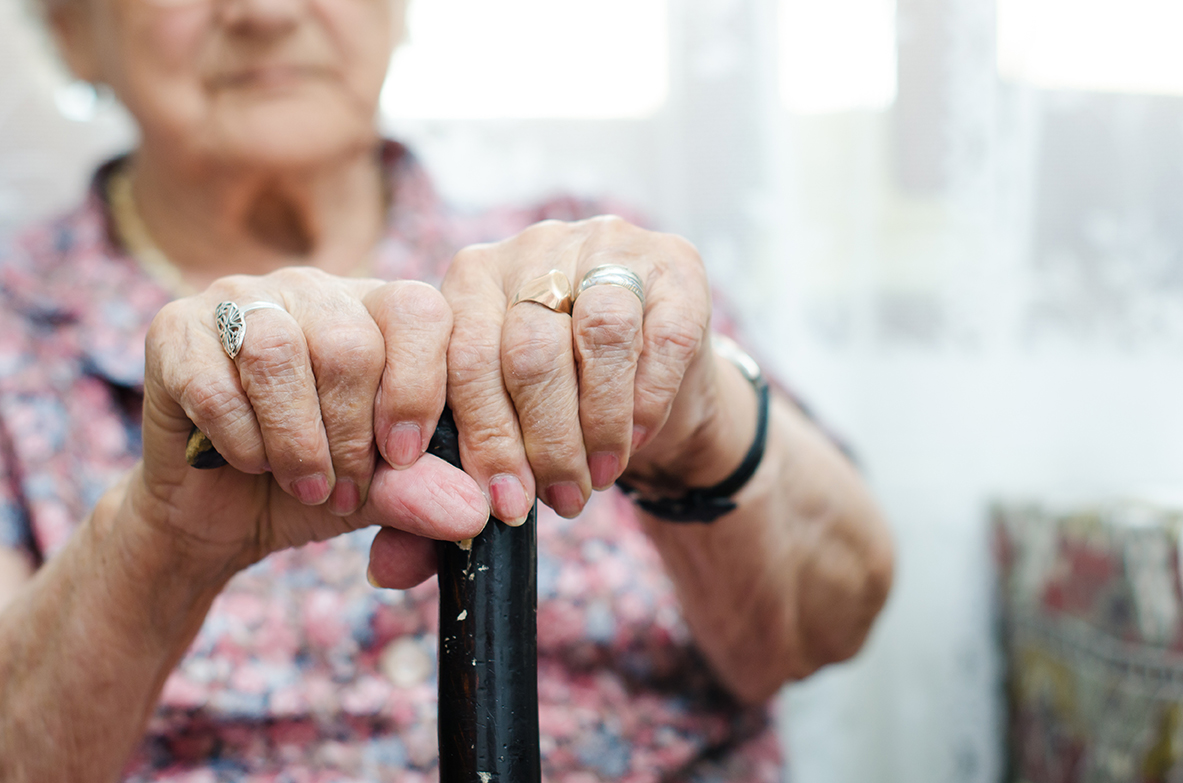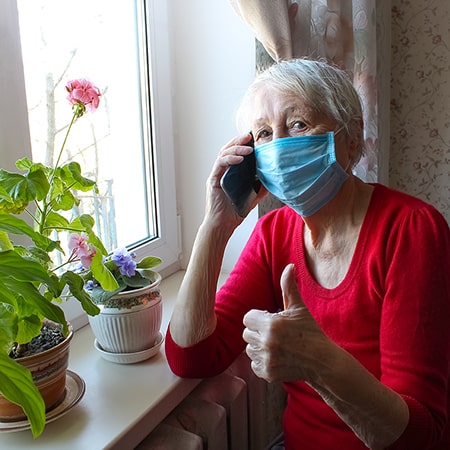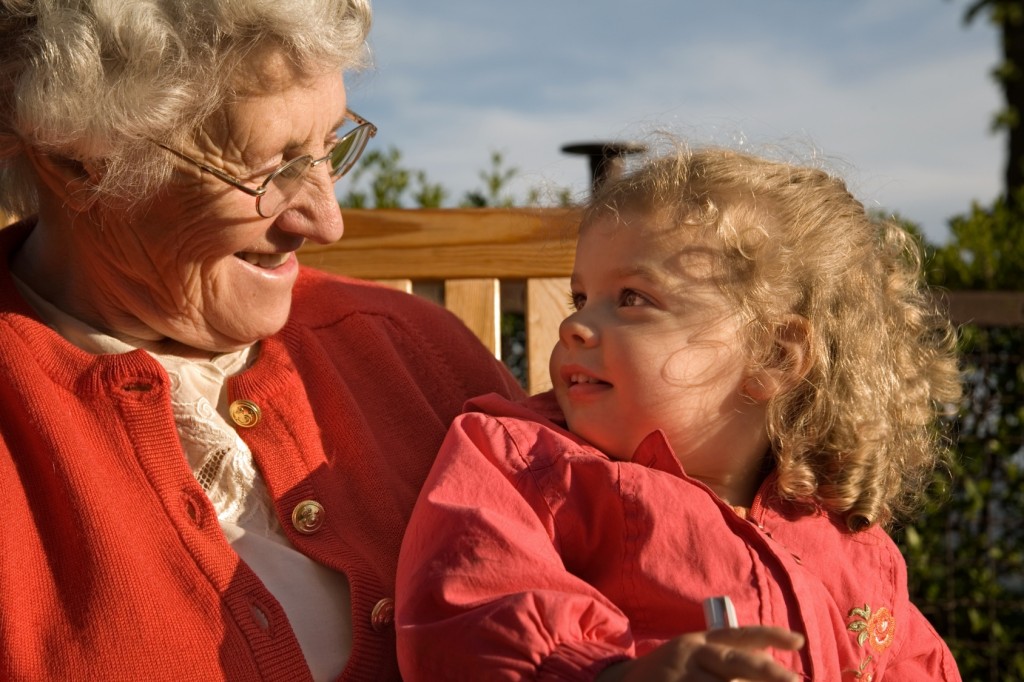
Remaining physically active after 65 is one of the most effective ways to maintain independence, delay age-related decline, and reduce the risk of moving prematurely into assisted living or a care home. Exercise does not have to mean strenuous workouts; instead, it should focus on mobility, strength, balance, and flexibility, all essential to living independently.
In 2025, healthcare experts emphasise that seniors who integrate safe, tailored exercises into their daily routine are less likely to experience falls, hospitalisations, or accelerated frailty. Families often see fitness not only as a lifestyle choice but also as a preventive strategy that complements long-term care planning.
Why Exercise After 65 Matters
Find YOUR ideal care home NOW!
-
Preserves Independence – Strength and mobility exercises help with essential daily activities such as climbing stairs, carrying groceries, or rising from a chair.
-
Reduces Fall Risk – Balance training significantly lowers the likelihood of falls, a leading cause of care home admissions.
-
Improves Chronic Conditions – Regular activity supports cardiovascular health, diabetes management, and arthritis relief.
-
Supports Mental Health – Physical activity reduces anxiety, boosts mood, and helps delay cognitive decline.
-
Delays Institutional Care – By maintaining functional independence, exercise reduces reliance on formal care services and postpones the need for residential care homes.
Safe Exercises for Adults Over 65
Seniors should avoid high-impact workouts that may strain joints or increase injury risk. Instead, the focus should be on exercises that improve daily function.
1. Strength Training
- Chair squats to build lower body strength.
- Wall push-ups for safe upper body conditioning.
- Resistance bands for controlled strength improvement.
2. Balance Exercises
- Heel-to-toe walking to train stability.
- Single-leg stands near a wall or chair for safety.
- Tai Chi or gentle yoga to combine balance with flexibility.
3. Flexibility and Mobility
- Seated stretches for hamstrings and shoulders.
- Gentle neck rotations to maintain range of motion.
- Ankle circles to support walking stability.
4. Cardiovascular Activity
- Brisk walking indoors or outdoors.
- Cycling on a stationary bike for joint-friendly endurance.
- Swimming or aqua aerobics to reduce joint strain.
Safe Exercises for Seniors Over 65
| Exercise Type | Examples | Key Benefits |
|---|---|---|
| Strength Training | Chair squats, wall push-ups, resistance bands | Builds muscle, supports daily independence |
| Balance | Heel-to-toe walk, single-leg stand, Tai Chi | Prevents falls, improves stability |
| Flexibility | Seated stretches, ankle circles, yoga | Maintains mobility, reduces stiffness |
| Cardio | Walking, swimming, stationary cycling | Boosts heart health, improves stamina |
Exercise and the Link to Care Homes
Falls and mobility loss are among the top reasons older adults move into care homes. Evidence shows that consistent physical activity reduces frailty, strengthens bones, and supports mental resilience, allowing seniors to live at home longer. Families considering care homes often view exercise as a way to delay the transition and maintain autonomy for as long as possible.
For guidance on physical activity recommendations for older adults, visit the NHS – Physical Activity Guidelines for Older Adults.
FAQ – Fitness Over 65
How much exercise should seniors aim for?
The NHS recommends at least 150 minutes of moderate-intensity activity per week, plus strength and balance training twice weekly.
Are weights safe for people over 65?
Yes, provided they are light to moderate and exercises are performed with proper technique. Resistance bands are an excellent alternative.
What exercise helps most with fall prevention?
Balance-focused exercises like Tai Chi, heel-to-toe walking, and leg-strengthening workouts are highly effective.
Can seniors with arthritis exercise safely?
Yes. Low-impact exercises such as swimming, walking, and gentle stretching can reduce stiffness and improve joint function.
Does exercise reduce the need for care homes?
While not a guarantee, maintaining fitness lowers fall risks, preserves independence, and may delay or prevent the need for residential care.
Fitness after 65 is not about intense workouts but about safeguarding independence, preventing injuries, and supporting long-term wellbeing. By integrating safe exercises into daily life, seniors can reduce reliance on external care, remain active at home, and delay the transition to care homes.
Need help finding a care home?
Senior Home Plus offers free personalized guidance to help you find a care facility that suits your health needs, budget, and preferred location in the UK.
Call us at 0203 608 0055 to get expert assistance today.
Search for Care Homes by Region in the UK
| East Midlands | Eastern | Isle of Man |
| London | North East | North West |
| Northern Ireland | Scotland | South East |
| South West | Wales | West Midlands |
| Yorkshire and the Humber |
Share this article :
Latest posts
You are looking for an establishment for your loved one ?
Get availability & prices
Fill in this form and receive
all the essential information
We would like to inform you of the existence of the opposition list for telephone canvassing.










